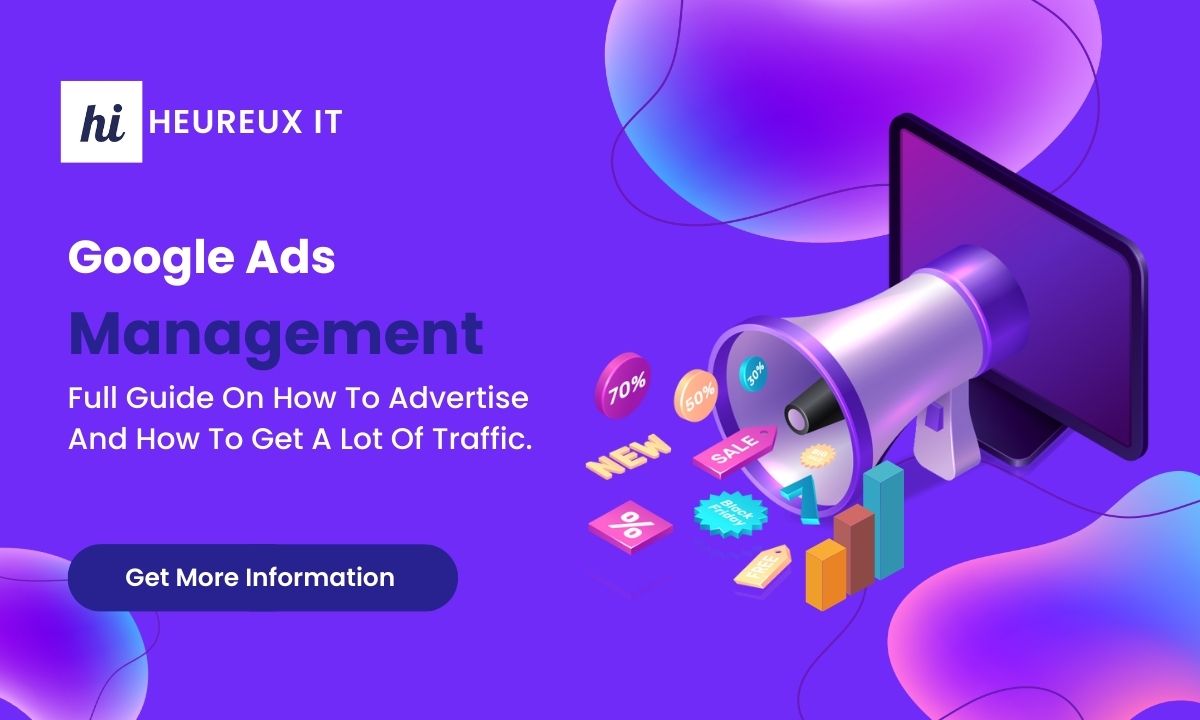Every few months, Google introduces a Google Core Update, which significantly impacts how content is ranked across the web. These updates are broad in nature and aim to improve the quality of search results by refining how Google evaluates and ranks content. For website owners and SEO professionals, these updates can cause noticeable changes in visibility—even if nothing on the site has changed.
What Is a Google Core Update?
A Google Core Update is not a small tweak or fix. Unlike minor updates that target specific elements like mobile usability, spam, or page speed, core updates overhaul Google’s evaluation process on a much larger scale. They do not focus on individual pages or websites, but rather reassess Google’s entire index to ensure the most relevant and high-quality content surfaces for user queries.
Think of it like updating your playlist. As new songs come out and your preferences evolve, your old favorites might be replaced by new ones. Similarly, Google adjusts its idea of what makes content “helpful” based on new data and improved understanding of user intent.
Why Core Updates Matter
If you’ve ever experienced a sudden dip or spike in traffic, a core update may be the cause. Here’s what typically happens after a core update:
- Some pages move higher in search rankings.
- Others may drop in position, even without any changes made.
- Entire websites might gain or lose visibility significantly.
It’s important to remember that these aren’t penalties. They’re re-rankings based on revised criteria of quality and relevance.
How to Know If You’ve Been Affected
After a Google Core Update rolls out, it usually takes a few days to a week for results to stabilize. Here’s how you can monitor changes:
- Use Google Search Console to review performance metrics.
- Compare traffic and keyword rankings before and after the update.
- Identify specific pages or keywords that experienced major shifts.
A slight ranking change (e.g., from position 3 to 5) is normal. However, a drop from page 1 to page 3 (e.g., position 4 to 30) suggests deeper issues.
Content Improvement Tips
Rather than deleting underperforming pages, take a strategic approach to refining them:
- Add new insights or update outdated information.
- Improve formatting, headings, and navigation to enhance user experience.
- Remove fluff—focus on clarity and genuine value.
Only remove content that is outdated, irrelevant, or cannot be improved.
How Long Until You See Results?
Improvements made after a drop in rankings may not show immediate results. Google’s algorithms take time to recrawl and reassess updated content, so changes can take weeks or even months to reflect in search rankings. Patience is key during this period. In many cases, you might not see a full recovery until the next Google Core Update is released. Focus on consistent content quality and user experience, as these factors play a crucial role in long-term SEO success.
Final Thoughts
A Google Core Update shouldn’t be feared—it’s an opportunity to revisit your website with a fresh perspective. Use it as a reminder to improve content quality, ensure relevance, and enhance user experience. By focusing on what truly matters to your audience, you increase the chances of long-term SEO success. Rankings may fluctuate, but consistent, high-value content will always stand out. Treat each update as a step toward building a better, more trusted website.







